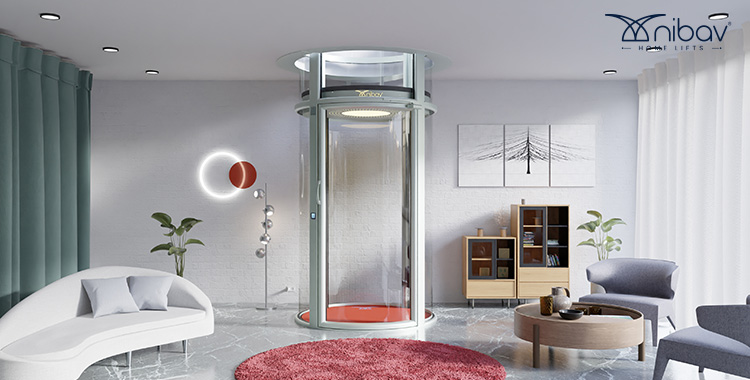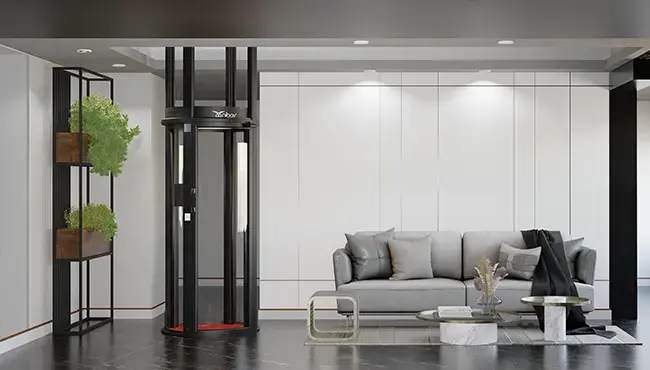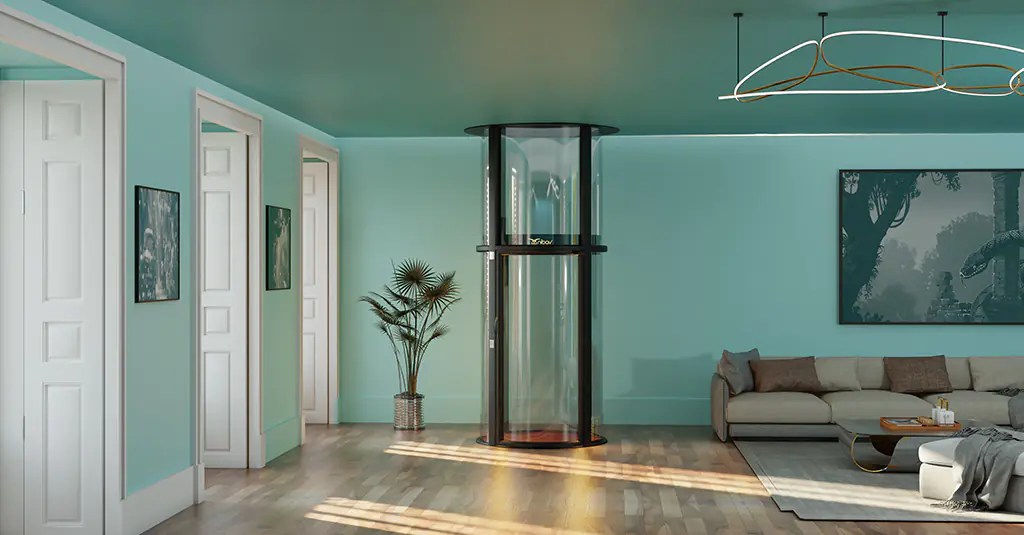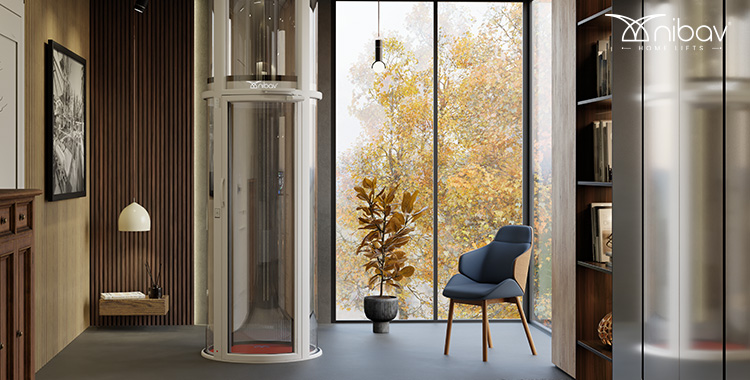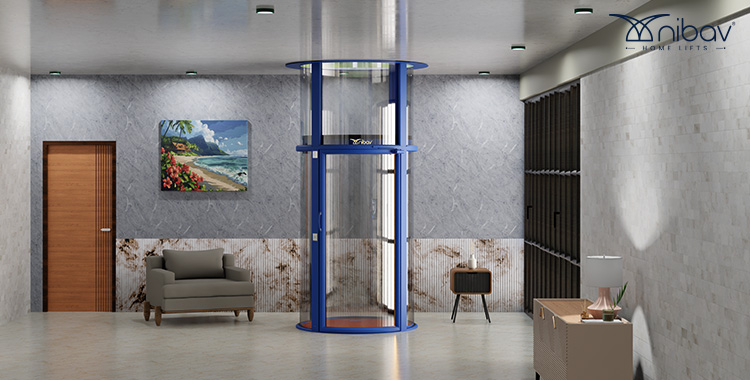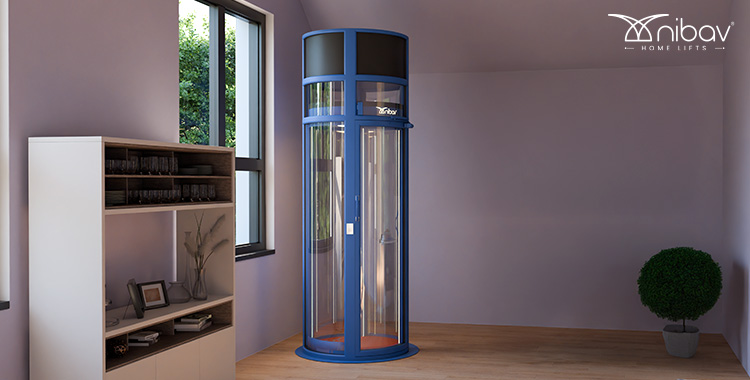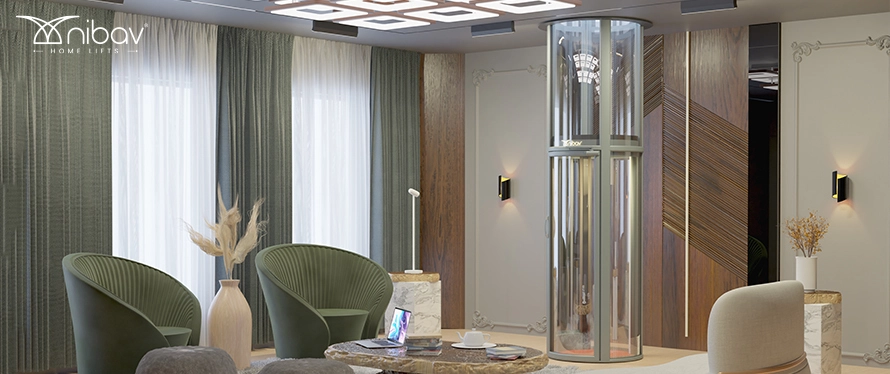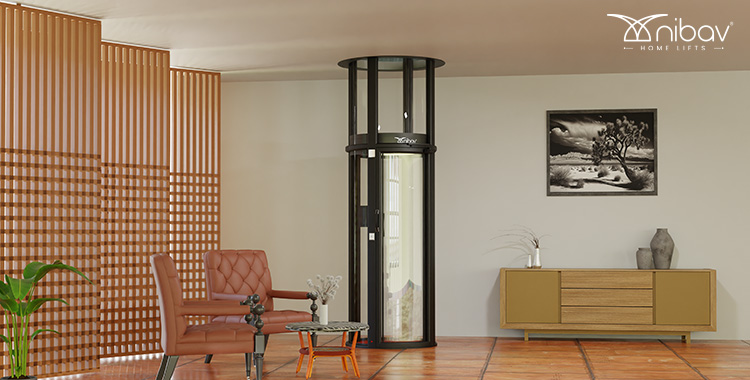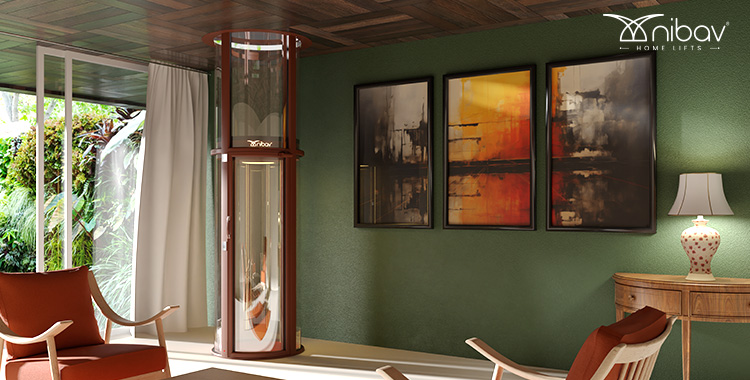
Table of Contents
- Introduction:
Introduction:
When most people think of elevators, they picture thick steel cables, pulley systems, and large machine rooms — all the bulky parts you’d expect in a commercial building.
But modern home elevators? They’ve come a long way.
Today, there’s a new kind of elevator gaining traction in homes across the UAE — one that runs entirely on air. No cables. No counterweights. No oil-filled machinery. Just clean, compact technology that fits beautifully into modern homes.
They’re called pneumatic vacuum elevators, and they don’t just look different — they work differently too.
In this blog, we’ll break down exactly how they operate, why they’re safe and surprisingly efficient, and what makes them ideal for homes that weren’t originally designed for elevators.
If you’ve ever wondered how an elevator can glide between floors without traditional mechanics, this is where it all starts.
The Future of Elevators: What Makes Pneumatic Technology So Different?
Let’s be honest: standard elevators have been a trusted solution to multi-story mobility in large commercial buildings for decades. They are, however, not without their own issues: lots of heavy machinery, complicated shaft risers, and big and bulky machine rooms for equipment. Installing one in a residence? Not easy.
Meet pneumatic elevators. They completely reshape the definition of an elevator, with zero cables, no pulleys, no oil leaks—just clean and clever design using air.
Here’s what really sets pneumatic elevators apart:
- No Pit. No Machine Room.
Pneumatic elevators are self-contained units. No dig-outs, no reinforced support structures, no external machine room. It is possible to install them in an existing home without significant teardown and rebuilding. That is a huge benefit to those looking for a retrofit option. - Light by Weight. Heavy by Strength
Made from durable polycarbonate and high-grade aluminum, these lifts are strong and light. Strong enough to use daily, but still has the sleek appearance of not looking like an industrial lift. In fact, a pneumatic elevator can be a focal point of design, and feel significant and important to the home. - Air Over Oil, Any Day
No hydraulics. No grease. Functions using controlled air pressure up (with suction) and down (with gravity). Fewer moving parts means less maintenance and no mess. - Quick & Quiet Installation
Traditional elevators can take weeks. Pneumatic ones? Usually done in 4–5 days. No major construction, no chaos. Just a smooth setup that doesn’t disrupt your home life. - Energy Efficiency
Here’s something cool: these lifts use zero electricity going down. That’s right—gravity does the job. Only a little power is needed to rise back up. Good for the planet, and for your electricity bill.
So, what’s the bottom line?
Air-Driven home elevators are clean, compact, and tailor-made for modern living—especially in places like the UAE, where space, style, and function all matter. They’re not just elevators. They’re intelligent upgrades for your home.
So, How Does an Air-Driven Home Elevator Actually Work?
It might sound complex — an elevator powered by air — but the principle is surprisingly simple.
Imagine a clear vertical tube with a cabin inside. Now imagine gently adjusting the air pressure above and below that cabin to make it rise or lower. That’s essentially how a pneumatic elevator works.
Here’s a closer look:
1. The Vacuum Cylinder
At the heart of the system is a vertical, air-tight tube — typically made of transparent polycarbonate. This is the “shaft,” but unlike traditional versions, it’s self-contained and requires no structural work around it.
2. The Cabin
Inside the cylinder is a lightweight elevator cabin. It’s designed to seal perfectly against the inner walls of the tube using a carbon seal, allowing controlled air pressure to lift and lower it.
3. Upward Motion (Powered by Pressure)
To go up, the system gently reduces the air pressure above the cabin. The higher pressure below pushes the cabin upward — smoothly and safely. It’s not a sudden lift — it’s quiet, gradual, and surprisingly smooth.
4. Downward Motion (Powered by Gravity)
Here’s the genius part: to descend, the system simply lets air back in. While the excess air below escapes through precisely created airholes that let gravity bring the cabin down in a controlled, safe way. No energy is used when going down, which is part of what makes these elevators so efficient.
5. Precise Stops, Every Time
LiDAR sensors and controls ensure the cabin stops level with each floor — no jolts, no overshooting. It’s fully automated and built for reliability.
This technology is based on the same scientific principles used in aerospace and industrial transport — but scaled for residential homes. And because the system doesn’t rely on heavy mechanical components, there’s less that can go wrong.
It’s smart, it’s elegant, and most importantly — it works beautifully in everyday life.
Built for Real Homes — Engineered For Practicality
One of the biggest myths about home elevators? That they’re only meant for mansions, new builds, or major renovations.
Pneumatic vacuum elevators were designed to change that.
Their compact structure and self-contained design make them perfect for existing homes — especially in the UAE, where space, design preferences, and lifestyle needs vary widely.
Here’s why they fit so well into real residential settings:
No Major Construction Required
Unlike traditional systems that need a shaft, pit, or machine room, vacuum elevators come as a single pre-engineered unit. That means no digging, no structural changes, and no long construction timelines. Whether you’re in a villa or a townhome, it can be installed without altering your home’s layout.
Perfect for Tight Spaces
Have a two-story home but limited floor space? These elevators are designed with a small footprint — often less than one square meter. They tuck neatly into corners, stairwells, or even next to a wall, without dominating your interiors.
Quick Installation and Less Disruption
Most pneumatic elevators can be fully installed and functional within 4 to 5 working days. No need to relocate. No need to live through weeks of noise and dust. It’s a clean process with a fast turnaround.
Fits Modern Interiors
From high-gloss minimalism to warm, earthy palettes — these elevators blend in. The transparent glass cabin, sleek curves, and soft LED lighting make it feel more like a luxury feature than a mechanical necessity.
Whether you live in Dubai, Abu Dhabi, or beyond, these elevators adapt to your home — not the other way around.
They’re not just for high-end homes. They’re for homeowners who want smarter movement, safer living, and a space that feels truly future-ready.
Safety Isn’t Just Built In — It’s Engineered Around Air
When it comes to installing a home elevator, one question always comes up: “But is it safe?”
With pneumatic elevators, safety isn’t an afterthought — it’s built into the very way the system works.
In fact, the simple air-powered design naturally reduces the risks that come with traditional elevator systems.
Here’s how:
Failsafe by Design
Because the system relies on air pressure to lift, not cables to hold, there’s no risk of a “free fall.” If anything interrupts the power supply, the elevator automatically moves to the lowest floor — gently and safely — using gravity.
Automatic Braking System
A mechanical safety brake is built into the cabin. If air pressure ever drops too quickly (which is rare), the brake engages instantly. This adds an extra layer of security, independent of the main system.
Battery Backup
In the event of a power outage, the elevator doesn’t just stop mid-air. It’s equipped with a battery backup system that allows it to complete its journey or safely return to the ground floor.
Pressure-Sealed Cabin for Controlled Movement
Every lift ride is precisely controlled by managing airflow within the sealed tube. That means smooth starts, stops, and landings — no jerks or sudden shifts.
Certified to Global Standards
Nibav’s pneumatic elevators are manufactured under strict quality controls and meet CE and TÜV SÜD ISO 9001 certifications — so you’re not just taking our word for it. You’re backed by some of the most respected safety standards in the industry.
In short? Pneumatic elevators are designed with safety as the foundation — not just a feature. You’re getting peace of mind engineered right into every ride.
Maintenance? Almost Zero.
One of the biggest benefits of pneumatic elevators? They’re incredibly low-maintenance.
Here’s why:
- No oil, no grease, no mess — Unlike hydraulic lifts, there’s nothing to leak or stain.
- Fewer moving parts — Less wear and tear means fewer repairs.
- Simple routine checks — A quick annual service is usually all it takes.
- Clean, quiet performance — No noisy motors or mechanical strain.
- Fast, local support — Nibav UAE’s team is just a call away if you ever need help.
Less upkeep. More peace of mind.
The Future of Home Mobility Is Already Here
Home elevators are not just a new way to travel between floors; they are a smarter way of living.
No cables. No pulleys. No major construction. Just space-efficient, sleek technology that integrates beautifully into your existing home.
Whether you are renovating your lifestyle, making your home accessible, or adding a functional and stylish feature, this is an innovation to explore.
And with Nibav UAE, you aren’t just getting technology; you are getting a trusted technology, certified quality, without the stress of complex installation—start to finish.
Interested in seeing how it works in your home?
Book a free consultation or showroom visit with Nibav UAE today—a home elevator of the future, in your home.
